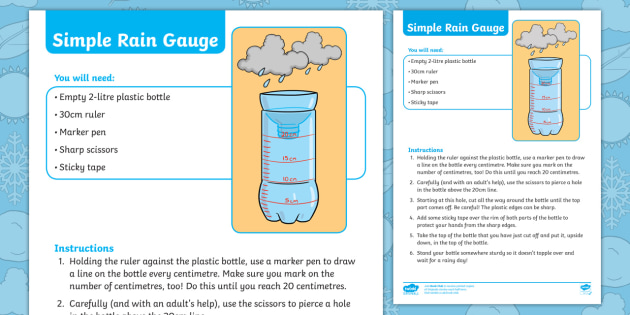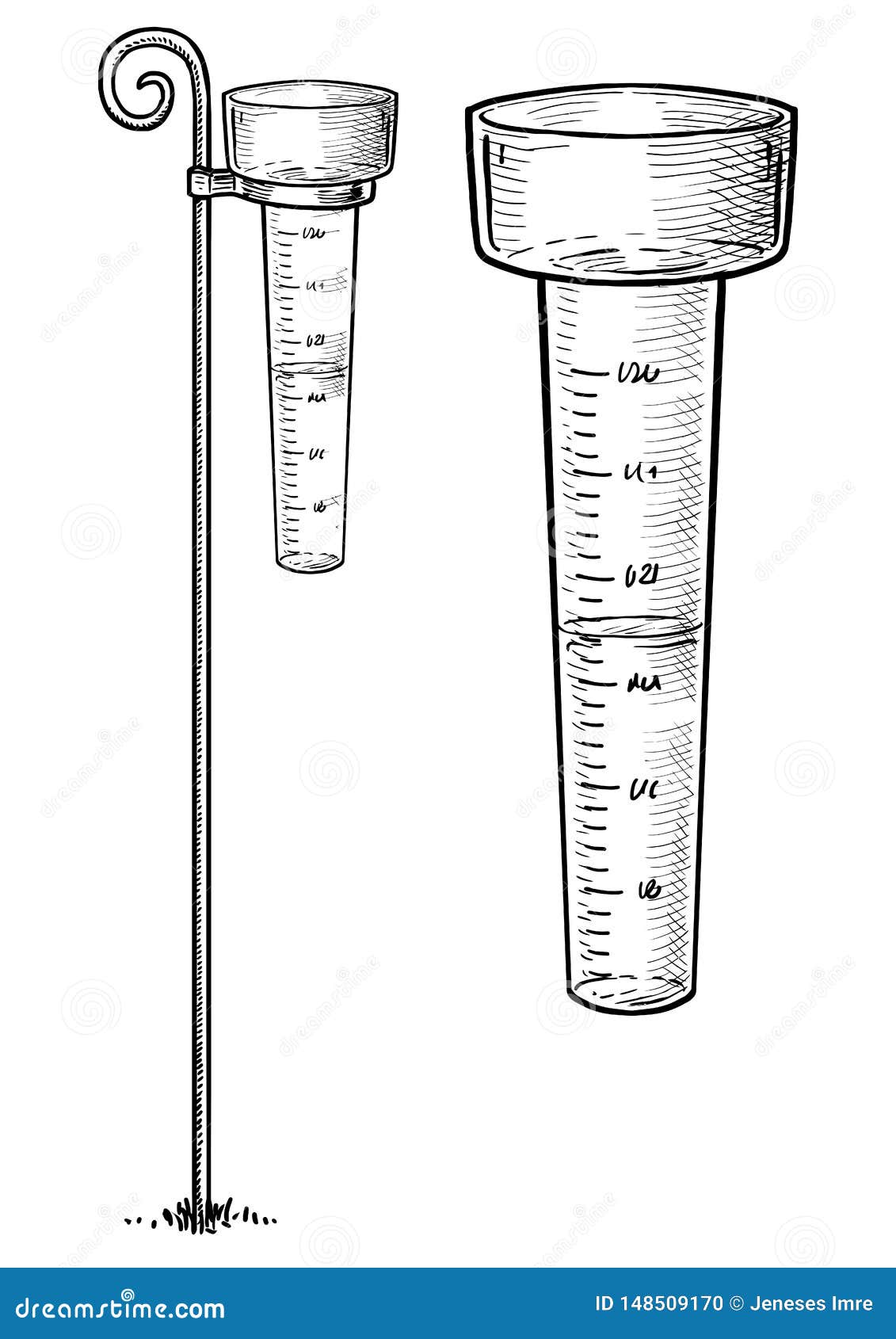How a Rain Gauge Can Boost Your Recognizing of Local Climate Patterns
How a Rain Gauge Can Boost Your Recognizing of Local Climate Patterns
Blog Article
Unveiling the Scientific Research Behind Rain Determines: Exactly How These Instruments Play a Critical Role in Environment Research and Ecological Monitoring
Rainfall assesses, seemingly basic tools, hold an extensive relevance in the world of climate research study and ecological tracking. As we peel off back the layers of this clinical veil surrounding rainfall gauges, we discover a world where precision, data precision, and thorough monitoring assemble to introduce a deeper understanding of our transforming environment and its influence on the earth.
Relevance of Rain Gauges
Rain gauges play an essential role in tracking and gauging precipitation levels, providing vital information for climate research and evaluation. These devices are essential in evaluating the quantity of rains that takes place in a certain location over a particular period. By determining and gathering rainwater, rain gauges deal important insights right into the circulation and intensity of precipitation, helping meteorologists, hydrologists, and climatologists in recognizing weather patterns and patterns.
In addition, long-lasting data collected from rain gauges assists in examining environment adjustment influences and patterns, adding dramatically to scientific study and decision-making processes. In essence, rainfall gauges offer as essential tools in the area of meteorology and ecological scientific research, playing a vital role in advancing our understanding of weather and environment dynamics.
Kinds of Rainfall Scales

Functionality and Operation
In the world of environment research and meteorological studies, the performance of rain assesses hinge on their elaborate capability and accurate operational devices. Rain evaluates are created to precisely measure the quantity of precipitation that drops over a particular area during a collection duration. These gadgets commonly include a funnel that collects rain and channels it into a gauging tube. The gauging tube is marked with calibrated dimensions that permit the specific quantification of rainfall.
The functionality of rain determines is based upon the principle of accumulating and determining rainwater in a standard fashion. This gathered data is critical for recognizing local climate patterns, tracking lasting environment patterns, and examining environmental impacts. To make sure exact measurements, rain gauges requirement to be purposefully positioned in open locations far from obstructions such as structures or trees that might hinder the collection process.
The functional facet of rain gauges involves normal maintenance to stop particles build-up, calibration checks to keep dimension accuracy, and data videotaping for analysis (rain gauge). Overall, the capability and procedure of rain assesses are necessary for gathering reliable precipitation data crucial to environment research study and environmental monitoring
Duty in Climate Research
Provided the critical relevance of precise precipitation measurements in comprehending weather patterns and environmental effects, the function of rain gauges in climate research is indispensable. Rain gauges provide necessary data for climate research study by evaluating the quantity of precipitation that tips over a particular area throughout a provided period. This data is critical for keeping track of long-lasting patterns in precipitation patterns, assessing the impact of climate adjustment on rainfall distribution, and enhancing climate designs.

Environment scientists use information gathered from rain assesses to examine variants in check that precipitation degrees, identify local climate trends, and assess the performance of water source administration methods. By comparing historical rainfall information with present dimensions, scientists can detect shifts in precipitation patterns, such as adjustments in the frequency or intensity of rains occasions. This information is crucial for understanding just how environment change is affecting precipitation dynamics and can aid policymakers make notified decisions pertaining to adjustment and mitigation strategies.
Applications in Ecological Surveillance

In flooding forecasting, rainfall gauge data assists to track rains intensity and distribution, permitting authorities to issue prompt warnings and take necessary steps to reduce flood risks (rain gauge). Drought tracking relies upon rainfall gauge information to examine dampness degrees in the dirt and track rainfall deficits, aiding in the recognition of drought-prone locations and the implementation of dry spell reaction strategies
Furthermore, rainfall scale information plays a crucial role in water resource management by giving info on water availability and use fads. This information is made use of to make informed choices concerning water allotment, conservation actions, and lasting water resource preparation. Additionally, in agriculture, rain scale information helps farmers in enhancing watering schedules, plant choice, and general ranch monitoring practices based upon local precipitation patterns. In general, rain gauges are vital tools in environmental tracking, using valuable understandings that add to notified decision-making and lasting source monitoring.
Conclusion
In conclusion, rain assesses are vital devices for measuring rainfall, offering valuable information for climate study and environmental tracking. With numerous kinds and capabilities, rain evaluates play an important duty in comprehending rainfall patterns and their influence on the atmosphere. By precisely measuring rainfall, these gadgets add to the innovation of clinical knowledge and help in making notified decisions pertaining to water source monitoring and calamity readiness.
Rain determines play an essential duty in linked here monitoring and measuring rainfall levels, providing necessary data for environment study and evaluation. The conventional rainfall gauge, understood as the "tipping container" gauge, is one of the most commonly utilized tools. Ultrasonic rain evaluates use noise waves to identify the presence of rainfall, giving real-time data on precipitation levels.Climate researchers utilize information gathered from rainfall assesses to analyze variations in rainfall levels, recognize local climate trends, helpful resources and assess the effectiveness of water resource management strategies.In conclusion, rainfall determines are necessary devices for measuring rainfall, offering beneficial data for climate research study and environmental tracking.
Report this page